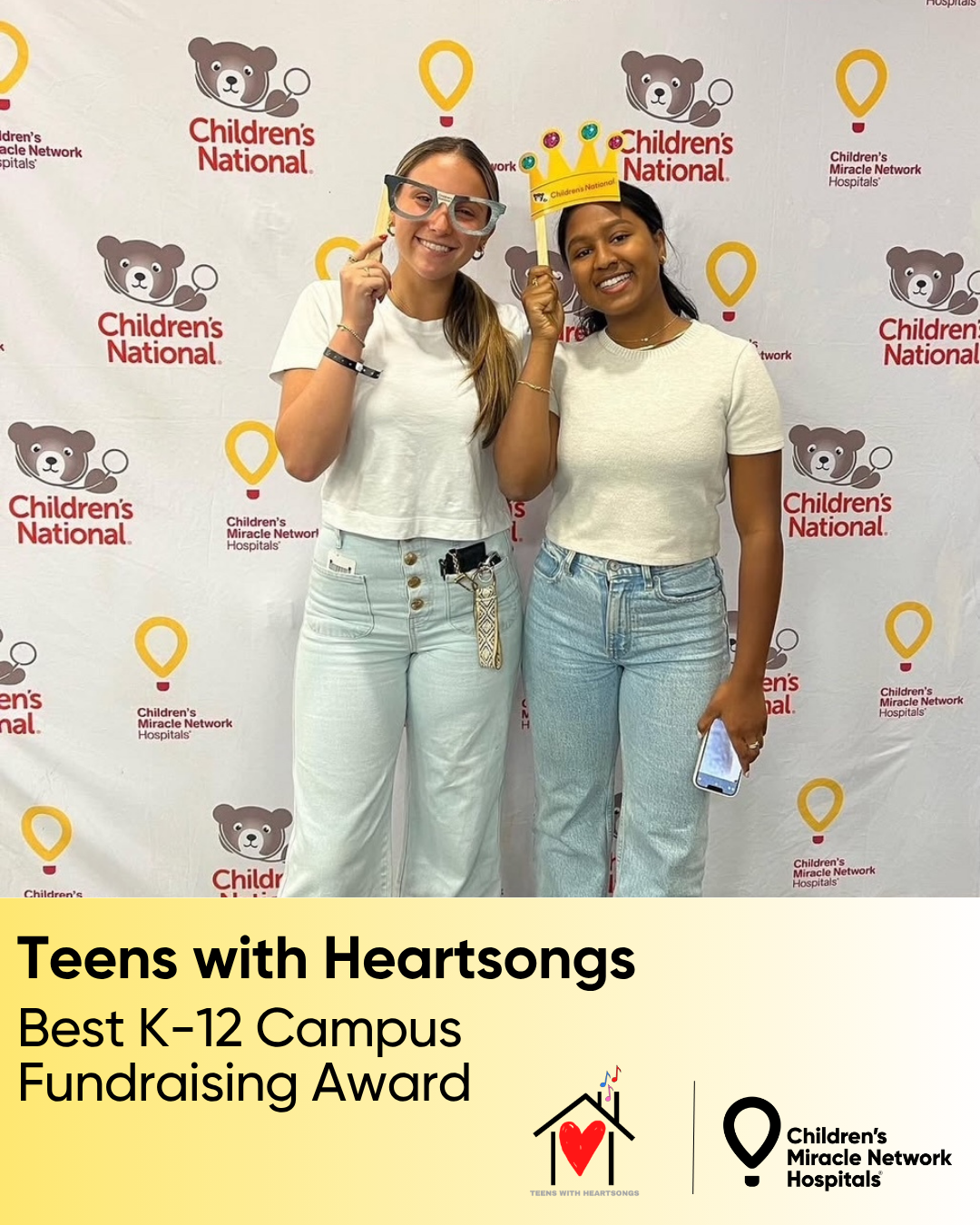Tips and Tricks for a Virtual Leadership Transition & Retreat Planning
We know having restrictions on campus or being completely virtual impacts your ability to recruit and train a new leadership team, and we’re here to provide some additional tips for an online-only leadership transition, retreat planning, and facilitation.
Before diving into each aspect, we recommend creating a transition timeline. This should be inclusive of every part of your transition process from thinking through your organization structure to transition meetings or retreats. These important processes should be included in your timeline:
- Re-evaluating your organization structure
- Identifying who is leading transitions
- Recruiting new leadership team members
- Selecting dates and times for
- Informational sessions
- Application deadlines
- Interviews
- Transition Meetings
- Retreats
Each of these points is vital to the transition process. Knowing each of these dates in advance will set you and your team up for successful transitions.
Recruiting New Leadership Team Members in a Virtual World
Recruitment in the virtual world may look vastly different than recruitment in the past. We can’t meet face-to-face, share in-person experiences, and in many cases utilize our event as a recruitment platform. It’s important to remain flexible during this time and utilize your entire constituent base to find your new leadership.
Creating a form for individuals to recommend or refer potential applicants to is a great way to easily capture information. You’ll be able to quickly see and communicate with top applicants at a glance. You can see what a sample form looks like here. This will create a great start for a spreadsheet to manage recruitment efforts. Keeping track of individual’s interest levels and desired positions in a Google Sheet or excel sheet is a great way to have all your recruitment efforts in one place.
Next, identify key areas of recruitment. Great places to start your search:
- Current leadership team members or referrals
- Top fundraisers
- Team captains
- Previous participants
Consider sending targeted texts, emails, or setting up a phone call to individuals encouraging them to apply. You can see some sample communication methods here.
Virtual Informational Sessions as a Recruitment Tool
Even though we’re living in a virtual world, we can still have Information Sessions or Q&As with prospective applicants! Just as you’d have an opportunity to talk to the masses about how great your cause is on campus, providing a space for that process virtually is very doable.
Consider sending direct invites via email, text, or posting on your social media channels a day and time for others to join in a Zoom meeting or Google Hangout. Once publicized you can create a presentation inclusive of topics you would normally discuss:
- What is DM
- History of Dance Marathon on Campus/Impact on Local Hospital
- Benefits of Joining Leadership Team
- Leadership Structure and Opportunities
- Time Commitment and Expectations
- How to Apply/Application Timeline
Don’t forget to start with a miracle story to tie in your mission from the very start and closing out with a Q&A is always a good idea. This can be a wildly powerful recruitment tool.
Don’t forget to include your campus and hospital advisors and Dance Marathon manager during the recruitment process. They’ll have a vital perspective for your campus and program to make every step easier for your team.
Grassroots Recruitment
If you are still struggling or looking to target specific demographics of campus, consider a “grassroots” recruitment approach. This process can be used for not only identifying potential executive board members, but also team captains for new student organizations! Focus first on reaching out to the student organization President, Philanthropy Chair, or a person you know in that organization. Remember all parts of campus including, but not limited to:
- Fraternities and Sororities
- Community Service Organizations
- Pre-Health Organizations
- Athletics
- Student Government
- Residential Life or Residence Halls Associations
- Academic Student Organizations
As you plan to set up a meeting with the person you’ve reached out to – this is your opportunity to sell Dance Marathon. You can find a Student Organization Presentation example on Dropbox. At the end of the conversation, you will want to ask your contact for a few student recommendations that fit the position you’re looking to fill, whether those are general board members or team captains. Typically, 3-5 recommendations is ideal, but even just one person is a great start! Be sure to thank them for their recommendations and for taking the time to speak with you.
After your contact shares their recommendations, send an email/text to the referral to introduce yourself, share why they were personally recommended for the Dance Marathon Executive Board, and schedule a video chat with them to share about the organization and the benefits of being involved. Take time to also learn from them, their experiences on campus, and how they could see themselves being involved with the organization. From here, you can use information shared during the info session and any specifics about the team. All interested students should be invited to participate in the application process.
Develop an Online Application and Selection Process
Before the school year is over, we encourage you to create a process for selecting next year’s leadership team. Key components to include are an online application, a selection committee, and publicity materials. Instead of just recycling last year’s application, this is a great time to assess your application and ensure it is collecting the most valuable information. Check out this Google Form for a template example. Additional examples can be found in our Management and Organization folder on Dropbox.
As you determine your selection process, here are some good questions to ask:
- Who needs to be involved in selecting next year’s Executive Director/President?
- Who needs to be involved in selecting next year’s Management/Steering Team (Executive, Internal, External, Finance Directors/ President, Vice Presidents)?
- After the “Management/Steering Team” is selected, what is our process for choosing the remainder of the executive board (i.e. chair positions and other leadership positions)?
- Do any new positions need to be added to the board?
- Do any existing positions need to be changed or removed?
Suggested selection committee makeup is as follows:
- Executive Director + Management/Steering Team
- Selection Committee: Outgoing Management Team members not re-applying, Campus Advisor, Hospital Advisor, and Dance Marathon Manager
- Chair Positions under the “Management/Steering Team”
- Selection Committee: Incoming Management/Steering Team with support from Campus Advisor and Hospital Advisor
Once you have a process for selecting next year’s leadership team, publicize it! We recommend sending an email to the outgoing leadership team members and previous participants about next year’s leadership opportunities. This communication should include an overview of leadership positions, an application, and any important dates pertaining to the selection/interview process. We also recommend posting about your leadership opportunities on all social media platforms to reach a wider audience on your campus. Check out this example from Arkansas Dance Marathon!
Finally, after the applications have been received, the selection committee will be responsible for scheduling online interviews. Free websites like Doodle and Calendly provide easy-to-use tools for interview sign-ups. When it’s time to conduct the interview, use a videoconference platform like Google Hangouts or Zoom. Ensure that all participants have instructions for joining the videoconference at least 24 hours in advance and keep applicants’ phone numbers close by just in case there are difficulties with the platform.
When you’re ready to offer the positions, call the selected applicants to invite them to your team! Once all positions have been accepted, be sure to notify applicants who were not placed on the leadership team and thank them for their interest.
Host Online Transition Meetings
Once your new board is selected, host an online transition meeting. This provides an opportunity for the outgoing team members to share their knowledge and experience with the incoming team members. Before the meeting takes place, collect the following items to be shared with the incoming team member:
- Transition manual
- Passwords to Dance Marathon email, Google Drive, and social media accounts
- Contact information for partners and/or vendors
We encourage you to set an agenda for your meeting that includes opportunities for free-flowing conversation and specific points of information that need to be discussed. Consider using a series of discussion questions or prompts to keep the productive conversation flowing (suggested questions can be found here). We also recommend that you walk through the main responsibilities of each position by semester as part of your transition meeting (check out this example from Kent State University).
You may consider having a follow-up meeting after the new board has had a chance to read their transition manuals so they can ask any follow-up questions.
Facilitate a Virtual Retreat for the New Leadership Team
A leadership retreat is a valuable opportunity for team bonding and vision casting to start the year! Although you may be physically separated, you can unite virtually for a retreat. See our Virtual Retreat Tips for considerations in planning an online retreat. For agendas, activities, and other retreat planning materials, visit the Retreats 101 folder in Dropbox). Presentation templates can be found here.






